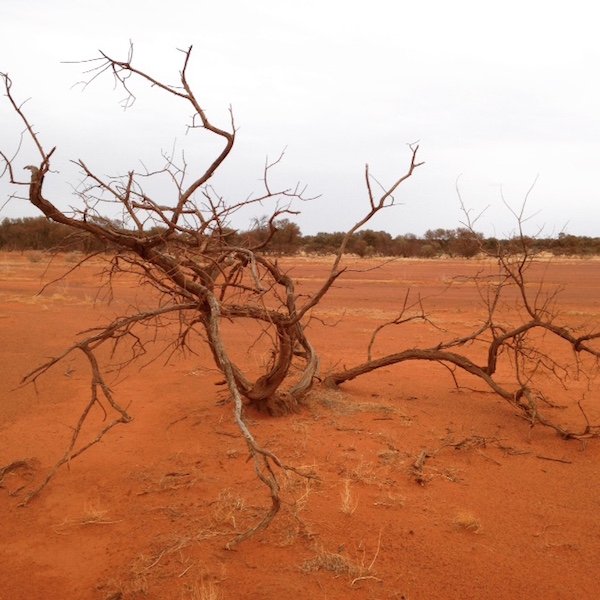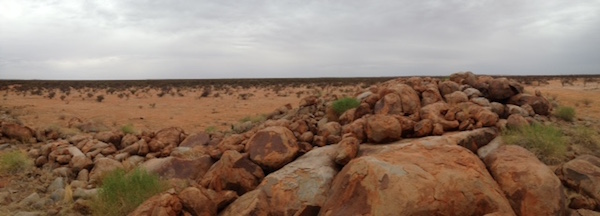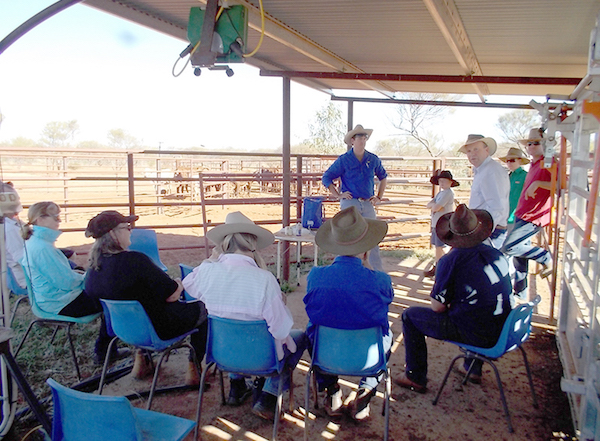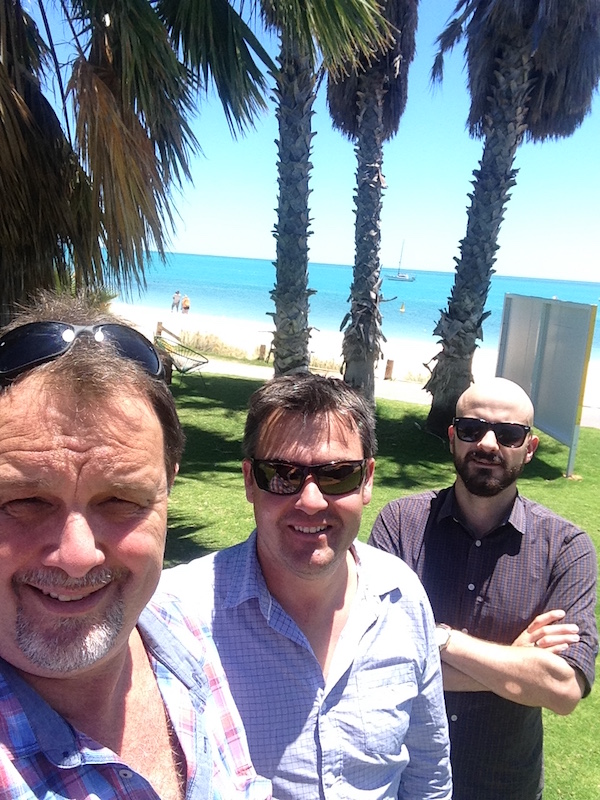The resilience of rangelands communities
Host: Rangelands NRM
Written by Kieran Massie –Program Manager (Southern Rangelands), Rangelands NRM.
Arriving in Western Australia as a teenager from a small town in the north east of Scotland, there was nothing that put the zap on my head quite like the Australian Outback.


 The red dirt of Outback WA is like nothing in Scotland.
The red dirt of Outback WA is like nothing in Scotland.
There is something in the red dirt that really grabs hold of you. For some it is the dramatic coastal parts of the rangelands, where the red dirt meets the turquoise of the Indian Ocean, while for others it is the sparse beauty of the arid interior. For me, it has always been about the people that live there, as ever adaptable, stubborn, and enduring as the land itself.
Since joining Rangelands NRM as Program Manager for the Southern Rangelands in late 2015, I have been able to meet and work with many pastoralists and land managers and have been lucky enough to learn from some of their knowledge and experience of the land, and the passion and care with which they conduct their operations upon it.
I was introduced to the world of pastoralism in 2008 through my partner at the time. She was brought up on a station in the Murchison and although she had always been incredibly descriptive when talking about the place, it wasn’t until my first visit up there that I got a real understanding of sheer scale of the Western Australian rangelands. I remember climbing up the water tower at the homestead on my first day there and just staring out over the landscape. It just seemed to go on forever. Over the next three years I found myself at a number of community events, to which people would travel huge distances. Despite being an outsider, I was always welcomed.
One thing I noticed immediately, and have always admired since, is the strength and resilience of rangelands communities in Western Australia. In a landscape where the nearest neighbour can be more than an hour’s drive away, I’ve always felt a stronger sense of community than in any city neighbourhoods I’ve lived. And it is this sense of community that enables organisations like Rangelands NRM to operate effectively over an area of land that covers around 85% of the state.
Our purpose is to “enhance the sustainable management of the WA rangelands through facilitation, collaboration, and delivering outcomes”. While those outcomes are often ecological in nature (excuse the pun), the processes of getting there are entirely social. Whether it is running Rangelands Self-Herding trials in the Gascoyne, undertaking carbon sampling in the Murchison, or developing remote sensing tools for use in the Goldfields, the whole operation relies upon committed people who care about the land.
 Pastoralists gathered at Carey Downs Station to learn about principles of Low Stress Stockmanship and yard design and construction. Rangelands NRM sponsored the workshop.
Pastoralists gathered at Carey Downs Station to learn about principles of Low Stress Stockmanship and yard design and construction. Rangelands NRM sponsored the workshop.
On a recent trip to the Gascoyne, I was blown away by the passion and enthusiasm of many of the pastoralists I met, who were keen to share their ideas for new and innovative NRM approaches which were grounded in their real and practical knowledge of the land. It is this willingness and insight which allows Rangelands NRM to foster links between people and organisations and help support strong land management throughout the state.
The southern rangelands of Western Australia and the communities that exist within them constitute an important part of the social and economic fabric of the state. I consider myself incredibly privileged to be able to work with them to help support their continued resilience and dedication to improving how things are done.
 My colleagues and I made a quick stop at Monkey Mia between meetings and before an innovation workshop we hosted at Gascoyne Junction in November 2015. A pretty terrible selfie! L to R: John Silver, Quinton Clasen, Kieran Massien (me).
My colleagues and I made a quick stop at Monkey Mia between meetings and before an innovation workshop we hosted at Gascoyne Junction in November 2015. A pretty terrible selfie! L to R: John Silver, Quinton Clasen, Kieran Massien (me).
